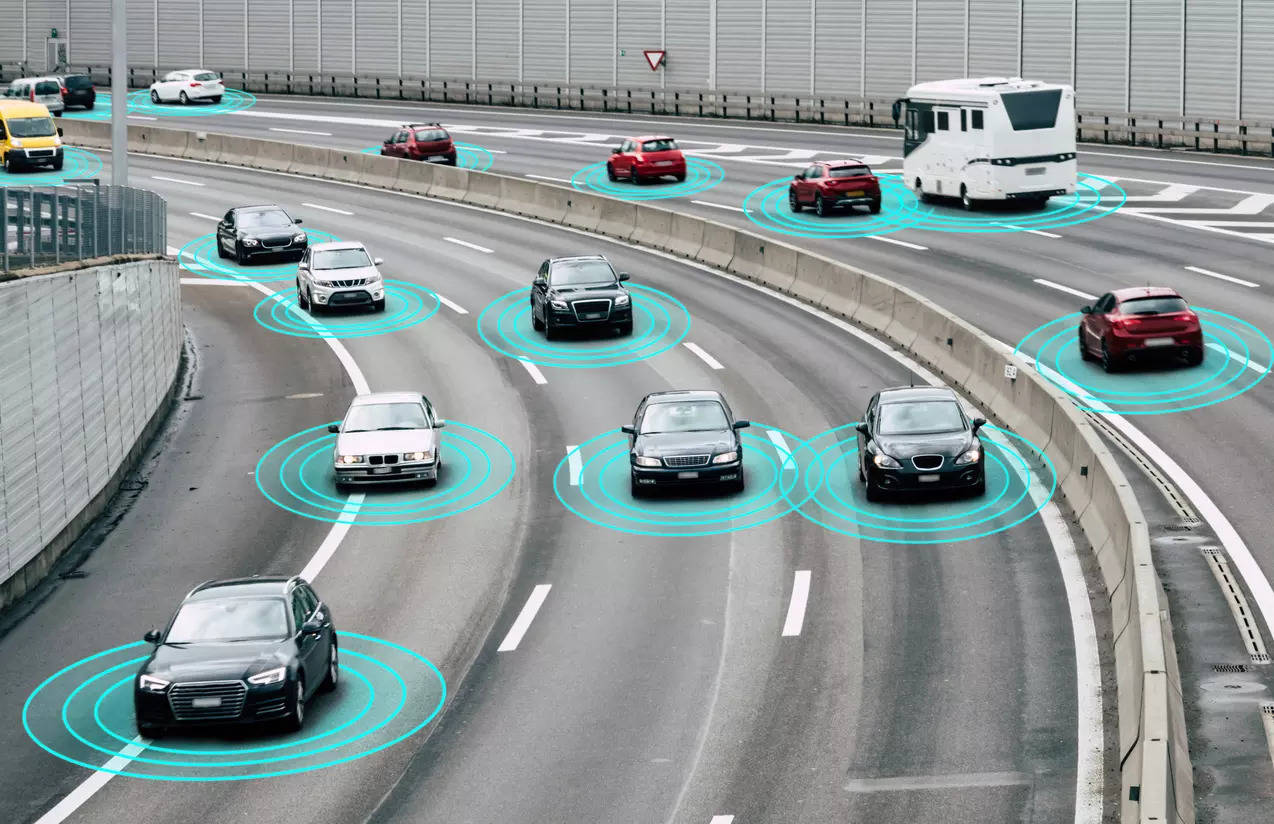
The landscape of connected vehicle technology is on the cusp of a revolution, propelled by advancements in artificial intelligence (AI), machine learning (ML), cloud connectivity, and 6G networks. By 2030, vehicles will not only be smarter but will also be integral components of an interconnected transportation ecosystem where safety, efficiency, and sustainability are paramount. The convergence of AI-ML, IoT edge intelligence, 6G connectivity, and novel semiconductor designs will unlock transformative capabilities, enabling vehicles to communicate in real-time with their environment, process massive amounts of data locally, and ensure secure, autonomous operation in complex, dynamic scenarios.AI-ML Enablement and Cloud Connectivity
By 2030, AI and ML will form the backbone of intelligent vehicle systems, enhancing their ability to make real-time decisions, optimize performance, and adapt to changing environments. Autonomous driving will rely on AI algorithms to interpret sensor data from LiDAR, cameras, and radar to navigate roads, avoid collisions, and understand traffic patterns. These vehicles will continuously learn and improve from accumulated data, offering an increasingly personalized driving experience while ensuring higher levels of safety.
Cloud connectivity will ensure that vehicles are always up-to-date, enabling over-the-air (OTA) software updates, real-time traffic information, and vehicle-to-everything (V2X) communication. This connectivity will allow vehicles to interact not only with other vehicles but also with smart infrastructure, including traffic lights, roads, and even pedestrians with wearable devices. Vehicles will be able to adapt in real time to external factors, optimizing routes and reducing traffic congestion while improving fuel efficiency.
6G Networks and IoT Edge Intelligence
The advent of 6G networks by 2030 will significantly expand the capabilities of connected vehicles. With ultra-low latency, high bandwidth, and enhanced reliability, 6G will enable real-time, high-volume communication between vehicles and other systems, ensuring that information is exchanged almost instantaneously. This will enhance the performance of autonomous systems, supporting high-resolution sensor data streaming and enabling instantaneous decision-making for safer and more reliable autonomous driving.
In tandem, IoT edge intelligence will shift data processing closer to the vehicle, allowing for faster, more efficient real-time decisions. Instead of relying solely on cloud data processing, connected vehicles will be equipped with powerful edge computing capabilities that allow them to process critical information locally. This reduces latency and ensures that vehicles can react swiftly to potential hazards, such as pedestrians crossing or vehicles braking unexpectedly. The integration of edge intelligence will be pivotal for systems requiring immediate responses, such as collision avoidance and emergency braking.
Novel Semiconductor Design for Functional Safety and Cybersecurity
The development of advanced semiconductor architectures will be a cornerstone of this revolution. To support the heavy computational demands of AI-ML algorithms, real-time data processing, and complex sensor fusion, semiconductor chips will evolve to become faster, more energy-efficient, and highly secure. These next-gen semiconductors will incorporate functional safety standards to ensure that autonomous systems continue to operate safely, even in the event of component failure. Built-in redundancy, fault detection, and fail-safe mechanisms will ensure that critical systems like braking, steering, and navigation function properly in every scenario.
Furthermore, cybersecurity will be a major focus in vehicle design. As connected vehicles become more integrated into the digital ecosystem, they will become prime targets for cyber-attacks. Semiconductor solutions will include hardware-based encryption, secure booting processes, and AI-driven anomaly detection to safeguard vehicle systems from unauthorized access, ensuring the security of user data and the integrity of the vehicle’s control systems. This multi-layered approach to security will not only protect vehicles from external threats but also safeguard against potential vulnerabilities within the IoT ecosystem, ensuring that cyber resilience is built into every vehicle from the outset.
Anecdote:
The following anecdote showcases how AI, 6G, edge intelligence, and semiconductor advancements will reshape transportation safety, performance, and security in the near future.
- The AI-ML Evolution in Autonomous Driving: Imagine a car driving through a busy city intersection. It’s not just following pre-programmed instructions, but using artificial intelligence to process real-time data from cameras, LiDAR, and radar to identify pedestrians, cyclists, and vehicles, all while adjusting its speed to prevent an accident. One day, a car might even “learn” from an unexpected scenario. For example, a car in an unfamiliar neighborhood might notice that a particular stop sign is regularly obscured by overgrown plants and adapt its behavior to stop early, even before the sign is visible. This is the power of AI and machine learning: a car that gets smarter with every trip, enhancing safety and providing a more personalized experience for drivers.
- The Smart Vehicle and Real-Time Data Sharing: Picture a smart vehicle traveling down a highway. As it approaches a congested area, its onboard system receives a real-time update from a nearby vehicle, which is in constant communication with the surrounding infrastructure via 6G networks. The car immediately adjusts its route to avoid the traffic, shaving minutes off the commute. This is possible because of cloud connectivity and the car’s ability to communicate with other vehicles and the smart infrastructure around it, showcasing the profound efficiency that connectivity can bring by 2030.
The following emerging technologies will redefine the way vehicles interact with their environment, making transportation systems safer, more efficient, and smarter by 2030 and beyond.
- AI-Powered Autonomous Driving Systems: By 2030, AI and machine learning will become the foundational pillars of autonomous driving technology. As AI algorithms continue to improve, vehicles will be able to make complex real-time decisions based on data from various sensors, such as LiDAR, radar, and cameras. This trend will drive the widespread adoption of autonomous vehicles, making roads safer by reducing human error, optimizing driving behavior, and improving traffic flow. With the ability to continuously learn and adapt, these systems will evolve into highly personalized driving experiences.
- The Rise of 6G Connectivity for Instantaneous Communication: The deployment of 6G networks will be a game-changer for connected vehicles. By 2030, 6G will enable ultra-low latency and incredibly high data transfer rates, allowing vehicles to communicate almost instantaneously with each other and with smart infrastructure. This real-time communication will not only improve safety by enabling quicker decision-making, but will also contribute to better traffic management, reduced congestion, and more efficient fuel use. Vehicles will seamlessly interact with everything around them, enhancing their adaptability and functionality.
















